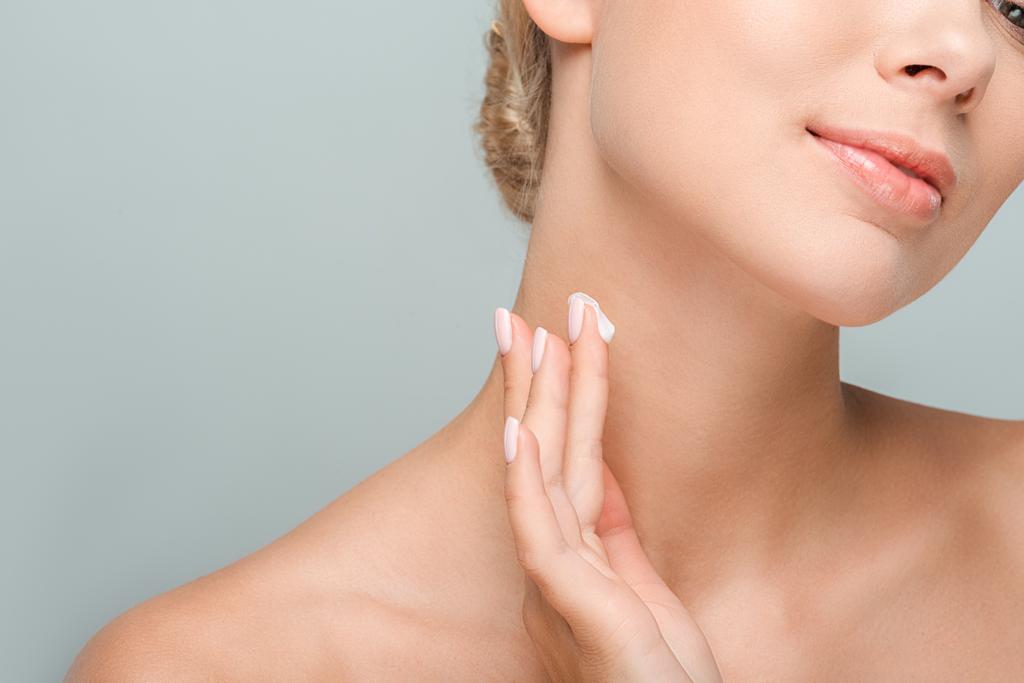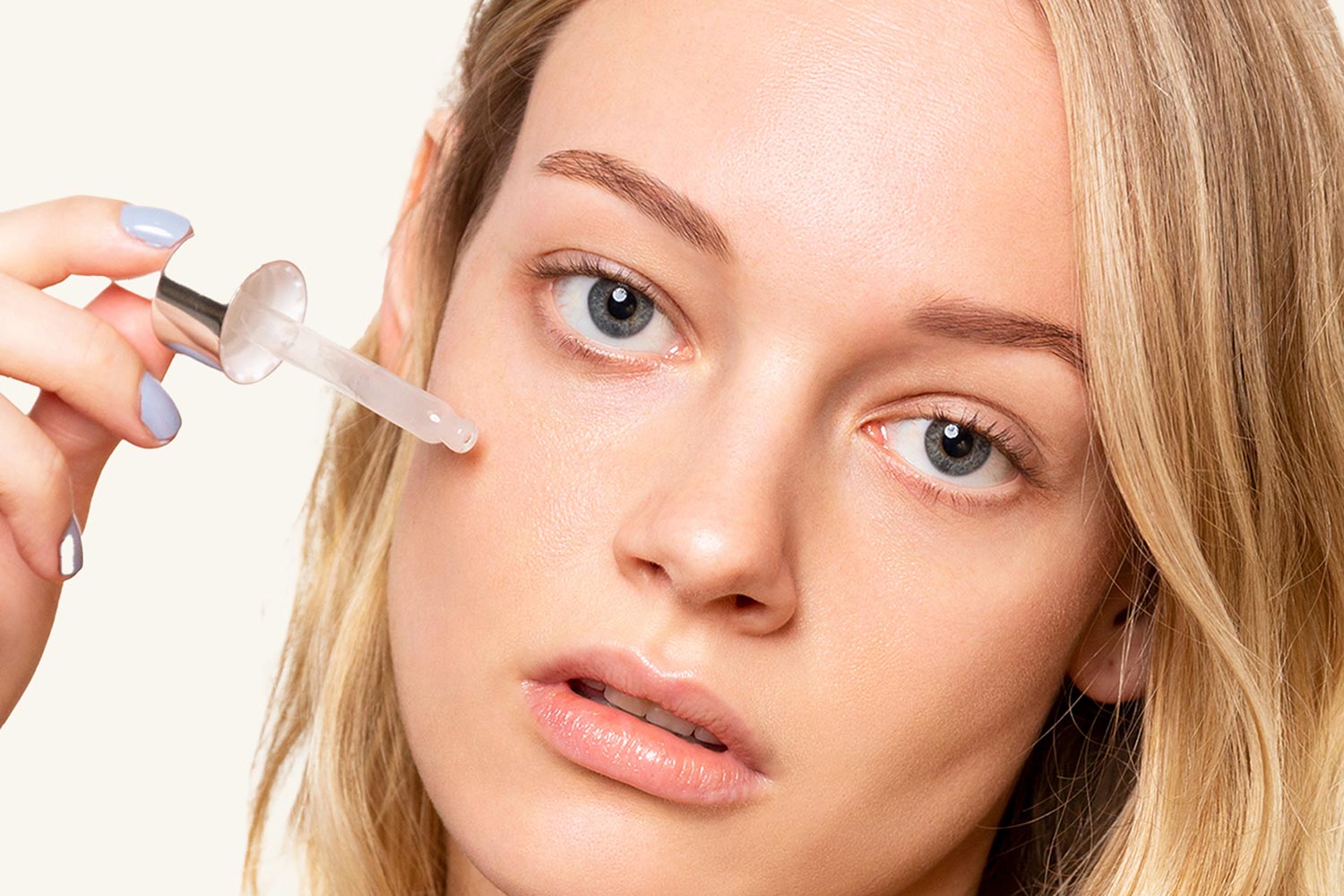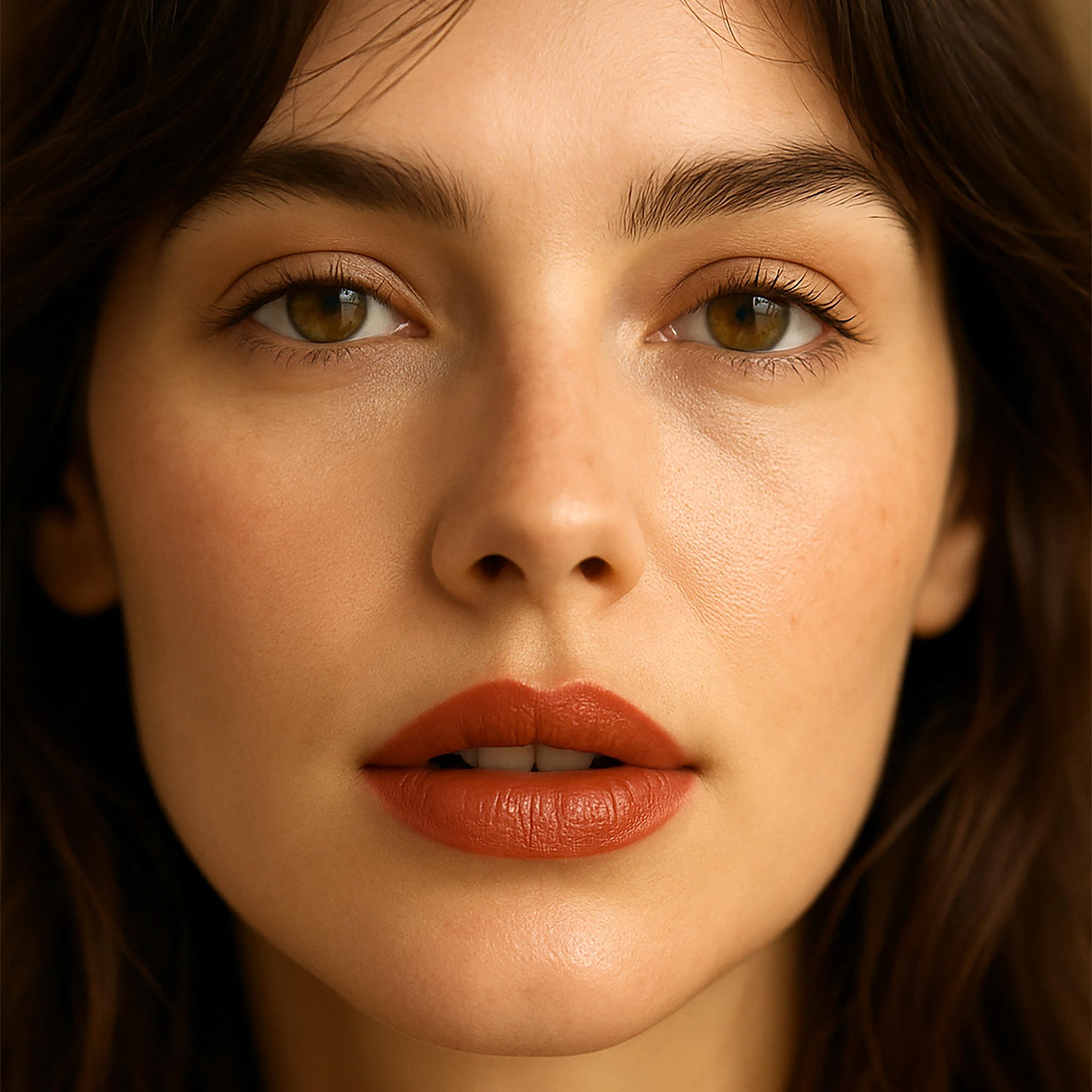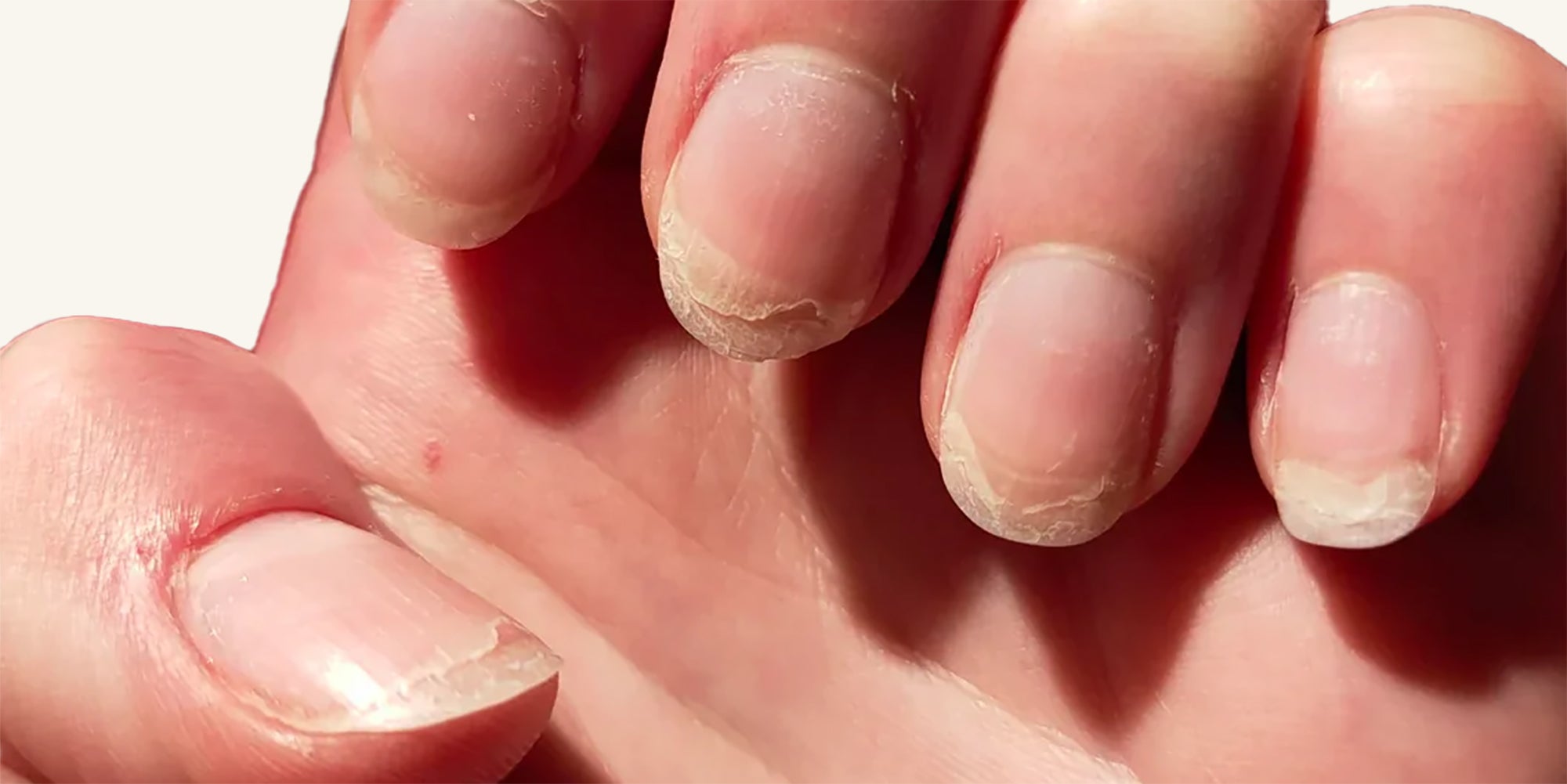
Rosacea: What, When and Why?
I recall a woman saying to me once that her skin was ‘chucking a tantrum’.
It was the height of summer and like an isolated breakout, slight sun burn, and product allergy all rolled into one.
Guess what? Of course, her GP pretty quickly diagnosed Rosacea.
What is Rosacea?
Rosacea is a common inflammatory skin condition and often mistaken for breakout acne. It causes blushing or flushing and ‘spider veins’ or visible blood vessels to appear on your face.
It may also produce small, pimply bumps but the difference is that acne symptoms and lesions are caused by clogged pores, whereas for rosacea, it’s related to impaired barrier and damaged blood vessels.
It requires expert diagnosis because it can also be mistaken for sunburn, a naturally ruddy complexion or an allergic reaction. Diagnosis is important as the wrong treatment can make matters a lot worse. There's no cure per se and the goal of treatment is to control and reduce the signs and symptoms.
While Rosacea results in an unsettling appearance of the skin, it can be particularly irritating with the skin of the affected area feeling hot and tender. Some sufferers also experience dry, inflamed, swollen eyes and eyelids known as ocular rosacea. Others develop a thickening of the skin on the nose known as Rhinophyma, causing it to appear bulbous.
When do you get Rosacea?
While it most often begins after age 30 it can also flare up during menopause.
Men are also prone to the condition especially in middle age and unfortunately, the symptoms tend to worsen as we age.
Why do we get Rosacea?
It may surprise you, but the cause of Rosacea is unknown.
The literature highlights the possibility of a genetic component or an immune system that’s extra responsive to food, alcohol, and topically applied skincare products. In any case it is likely to be a combination of physical and environmental factors but definitely not caused by poor hygiene and is not contagious.
While anyone can develop rosacea the US Mayo Clinic notes that you may be more likely to develop it if you are female, have skin that burns easily in the sun, smoke or have a family history of rosacea.
Regrettably, it appears spicy food and alcohol are risk factors according to Better Health Victoria (although everything in moderation, I say).
Did you know a microscopic mite may also be involved. The presence of a mite called Demodex folliculorum has been considered as a potential contributor to rosacea. Apparently, this mite is a normal tenant of human skin, but is substantially more abundant in the facial skin of rosacea patients.
How to Treat Rosacea
Well, firstly you are off to the GP or Dermatologist for diagnosis and treatment. Various anti-inflammatory and antibiotic medications are available to manage the symptoms and keep them at bay. Laser therapy can also be used to shrink the appearance of blood vessels.
You may also be advised in milder cases to consider lifestyle and self-care practices that may help control the signs and symptoms or prevent flare-ups. For example, paying attention to what tends to trigger flare-ups and avoiding those triggers. Again, there is a long list of potential triggers, including; coffee and tea, anxiety and emotional stress and overheating, especially in bed at night.
You may also simply consider being kind and gentle to your skin (you may also consider checking with your doctor to ensure your skin-care routine is not complicating your recovery. Applying SPF liberally daily before going outdoors, wearing a hat, and avoiding intense midday sun. Don't rub, scrub, or touch your face unnecessarily. Choose benign products and give treatments a rest.
So, there you have it.
Rosacea is not pleasant but fortunately there is a lot of treatment options available.
Sylvie xx





